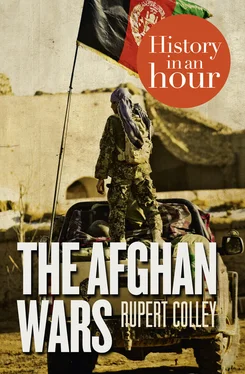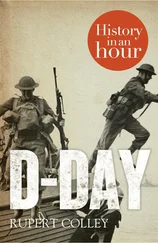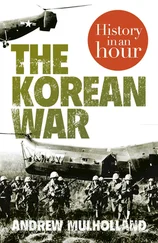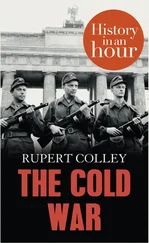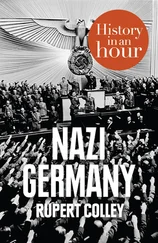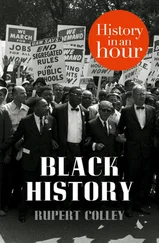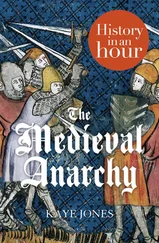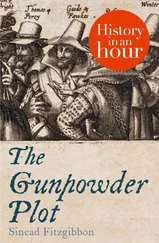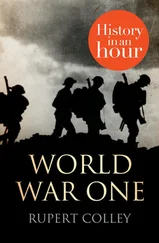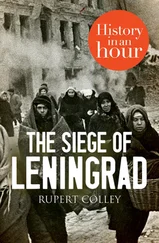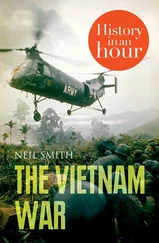Dost Mohammad Khan, Amir of Afghanistan, 1826–1839 and 1843–1863
Lord Auckland, Governor-General of India, proposed that the British army escort Shuja back into Afghanistan, oust Dost Mohammad, and place Shuja on the throne where, according to the British, he rightfully belonged. The Afghan nation saw Shuja in a different light but this inconvenient fact was ignored by the Foreign Secretary, Lord Palmerston, who agreed to Auckland’s proposal, known as the Simla Manifesto. Thus the stage was set for the First Anglo-Afghan War and one of Britain’s greatest military humiliations.
Towards the end of 1838, Britain’s ‘Army of the Indus’ was assembled in Lahore, consisting of almost 10,000 British soldiers and 6,000 soldiers loyal to Shah Shuja (pictured below). The typical British officer of Victoria’s earlier years did not travel light and insisted on bringing with him all the luxuries of the officers’ mess. Thus the troops were accompanied by 38,000 camp followers – cooks, butlers, valets and servants, together with 30,000 camels to carry all the essentials of a military expedition – wine, brandy, cigars, perfume, soap, bed linen and luxurious food. Add to this enough cattle, sheep and goats to feed the expedition for three months, together with the herdsmen to look after the beasts and the butchers to slaughter them.
Shah Shuja, Amir of Afghanistan, 1803–1809 and 1839–1842
By July 1839 this huge, cumbersome train of soldiers and personnel had reached the fortress city of Ghazni in eastern Afghanistan, south-west of Kabul. Along the way the soldiers had seen off numerous gangs of marauding Afghan tribesmen but Ghazni presented the first obstacle on the way to Kabul, capital of Afghanistan. The British stormed the walled city, massacred 500 of its inhabitants and secured fresh provisions. The route to Kabul now lay ahead, within easy reach.
As the convoy approached Kabul, Dost Mohammad fled. The British entered the city unopposed, placed Shah Shuja on the throne and congratulated themselves on a job well done. Having sent most of the army back to India, the remainder settled down to a life of indolence and luxury. They sent for their wives and families and enjoyed cricket, horse racing, music and dancing, while the local Afghans looked on with growing disdain.
Sir William Hay Macnaghten (pictured below) was appointed Minister of Kabul with Sir Alexander Burnes his second-in-command. After a year Macnaghten decided that their situation was secure enough to move out of the capital and set up a settlement, or cantonment, a mile north. It was a decision of staggering foolishness. Surrounded by aggrieved locals, the cantonment was separated from the city by an expanse of orchards, gardens and canals which, in an emergency, would hamper the movement of horses and men; the perimeter was too long to defend and the stores of provisions were situated a quarter of a mile outside the cantonment.
Sir William Hay Macnaghten (1793–1841)
A second British garrison had been stationed at Jalalabad, ninety miles east. In order to secure the route between the cities the British paid the local tribesmen who controlled the dangerous mountain passes for the guarantee of a safe passage. But in an effort to save money, Macnaghten cut the payment by half. Furious, the tribesmen plundered the first caravan to pass through. Macnaghten’s economy drive had, in effect, cut the Kabul garrison off from Jalalabad.
The growing resentment of the local Afghans finally erupted in November 1841 when a mob attacked the British Residency situated within Kabul. Its resident, Sir Alexander Burnes, tried to placate the screaming crowds and, having failed, attempted to make his escape alongside his brother. Both men were soon caught and hacked to death in a frenzied attack.
The newly appointed military commander in Kabul, General William Elphinstone, an elderly and poorly man, crippled with gout, responded by doing nothing. His lack of action merely encouraged the Afghans and while Elphinstone dithered, trying to decide on the best course of action, the Afghans seized the precious store of provisions that lay outside the British cantonment and proceeded to lay siege to the isolated outpost. By December food supplies were so low that the livestock had to be fed on their own dung. With the temperature plummeting and led by a commander unable to command, the situation looked perilous. Elphinstone did finally order a batch of cavalry out to subdue the locals but the mission failed, which only added to the misery within the camp. With food supplies down to the last four days and morale shattered, Elphinstone had no choice but to negotiate.
Elphinstone sent Macnaghten to talk with Akbar Khan, son of the recently deposed Dost Mohammad. Akbar Khan offered the British a safe retreat to Jalalabad but Macnaghten, realizing that Akbar’s authority did not extend over the various different tribes, tried to negotiate with other tribal leaders, playing one off against the other. When Macnaghten’s double-dealing came to Akbar’s attention, he invited the envoy back for further discussions, and there had him murdered. Macnaghten’s head was paraded triumphantly through the streets of Kabul while his body hung from a meat hook in the city’s Great Bazaar.
Akbar ordered the British out, still offering safe passage but demanding in return cash, guns and hostages. The hostages would be returned once his father, Dost Mohammad, was back on the throne. The wounded and sick would also remain behind. Elphinstone had no choice but to accept the offer, knowing that Akbar’s word was meaningless.
Thus, on 6 January 1842, began the retreat from Kabul. Four thousand five hundred British and Indian soldiers together with twelve thousand camp followers faced a treacherous ninety-mile trek to Jalalabad, through mountain passes deep in snow, in freezing conditions, with empty stomachs and inadequate clothing. Full of trepidation, the exodus began.
The sick and wounded left behind were immediately killed while the convoy came under attack as soon as it had left the city (pictured below in The Last Stand of the 44th Regiment at Gundamuck by William Barnes Wollen). A trail of bodies soon lay scattered along the mountain passes, mutilated by local women, leaving a gruesome scene for those trailing behind. After three days, the convoy had only managed ten miles and already three thousand were dead. Many succumbed to the sub-zero temperatures, others committed suicide.
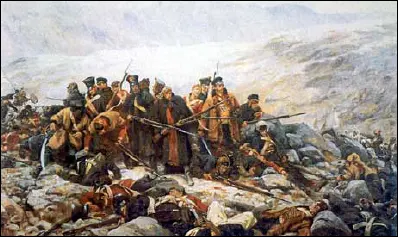
The Last Stand of the 44th Regiment at Gundamuck, 1842 by William Barnes Wollen
On the sixth day, Elphinstone, his second-in-command, and a few women – including one Lady Sale – gave themselves up to the Afghans and were returned to Kabul as hostages. It was Elphinstone’s final humiliation – having failed to command his troops at any point, he had now deserted them.
His men and followers had no option but to plough on, facing one ambush after another, suffering heavy casualties. Surrounded on all sides, the column was pitilessly slaughtered.
On 13 January 1842, the British garrison at Jalalabad spied in the distance one lone horseman coming towards them. The man on the ragged horse, given to him by a sympathetic Afghan farmer, was Dr William Brydon. Later a few Indian sepoys staggered in but Dr Brydon was the only British survivor. The scene was made famous in a painting entitled Remnants of an Army by Lady Butler (pictured below). When asked what had happened to the army, Brydon replied, ‘I am the army.’
Remnants of an Army by Lady Butler
Brydon’s survival and the infamous retreat from Kabul became a gruesome cause célèbre in Victorian Britain and a stark reminder to its politicians that the British army was not the invincible force they believed it to be. On hearing the news, Lord Auckland, the Governor-General of India who had originally proposed the Simla Manifesto, suffered a stroke.
Читать дальше
